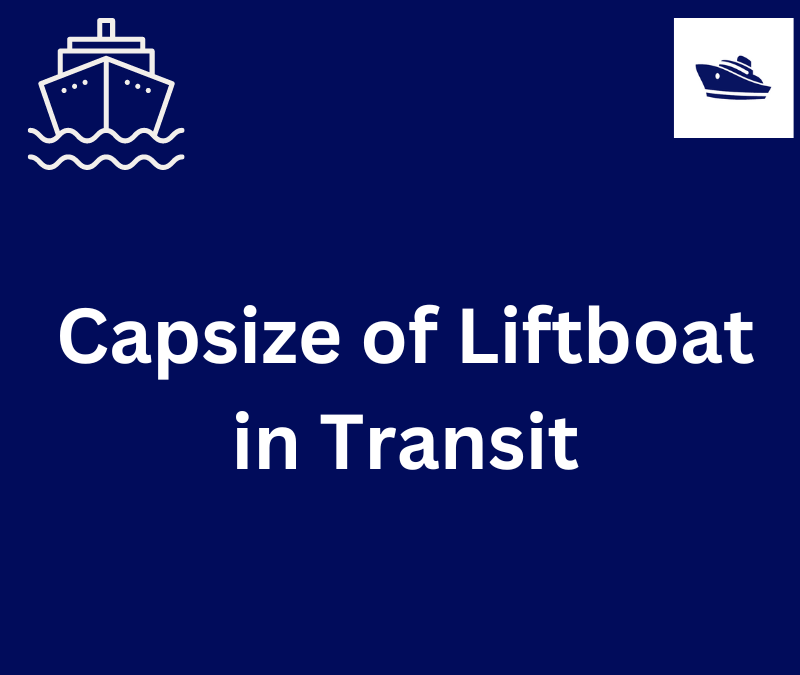
by Team TheNavalArch | Apr 12, 2023 | Maritime Industry, Ship Design and Construction, Ship Stability
This paper was originally presented in the 27th Offshore Symposium, February 22nd, 2022, Houston, Texas Texas Section of the Society of Naval Architects and Marine Engineers It has been reproduced here for the readers of TheNavalarch INTRODUCTION In 1989 a Class 105...
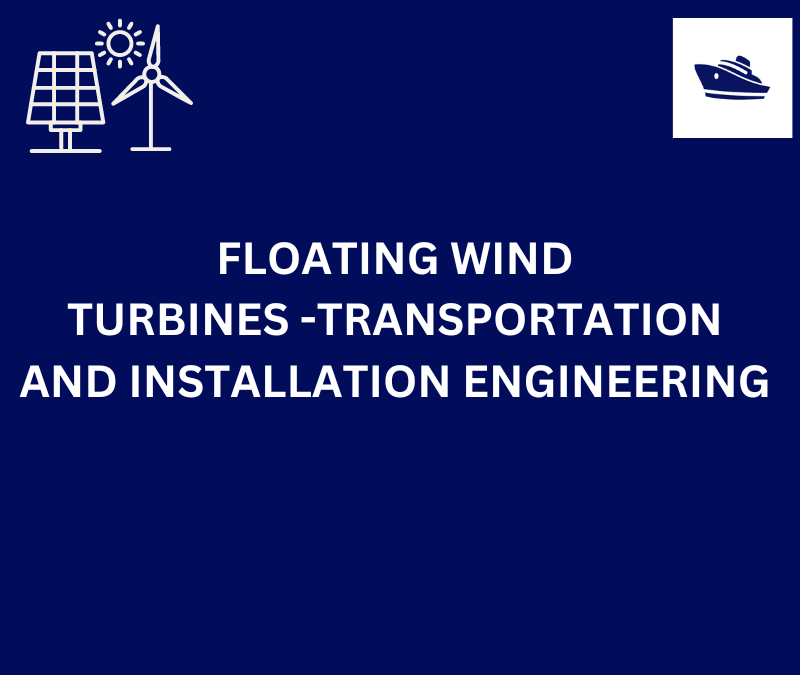
by Team TheNavalArch | Mar 30, 2023 | Floating Wind, Renewable Energy
By Alan Crowle, BSc, MSc, CEng, CMarEng, FRINA, FMAREST, FSCMS Masters by Researcher, University of Exeter, College of Engineering, Mathematics and Physical Sciences, Renewable Energy Group Summary Floating offshore wind turbines are an emerging source of marine...
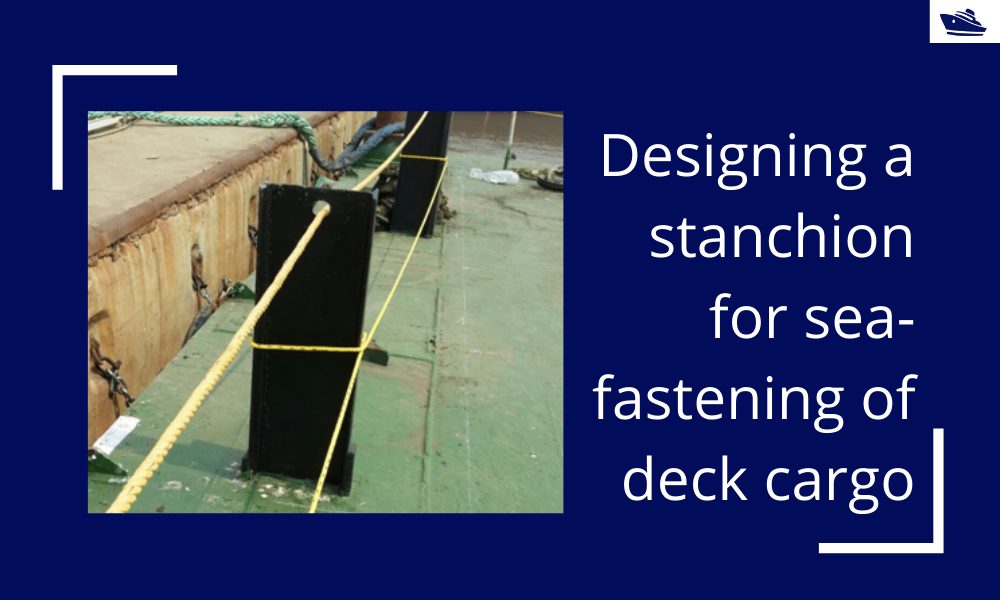
by Team TheNavalArch | Nov 24, 2020 | Marine Operations, Maritime Industry, Seafastening, Ship Design and Construction, Ship Structural Engineering
Introduction Stanchions – a familiar term for mariners and ship designers. What are Stanchions? A stanchion is generally a vertical pipe or beam which is used to support some structural item or provide support rails on the deck. In ships, the most common type of...
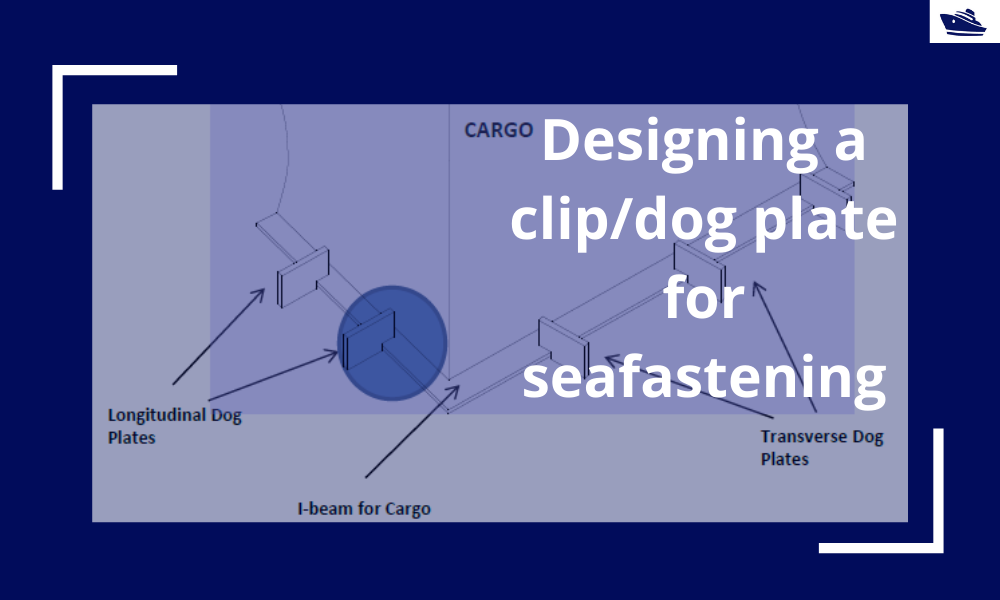
by Team TheNavalArch | Oct 13, 2020 | Marine Operations, Maritime Industry, Seafastening
Introduction In an earlier article, we saw how to design stoppers for seafastening. Stoppers are items that are used to contain the translation movements (longitudinal and transverse directions) of a cargo on the deck/hold of a vessel. That brings us to the question –...
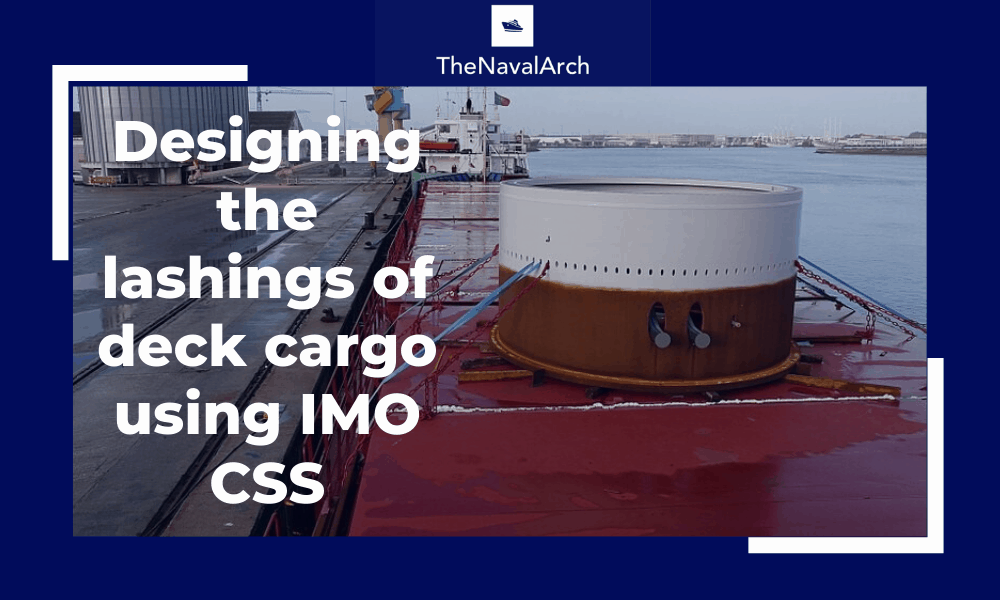
by Team TheNavalArch | Jul 5, 2020 | Marine Operations, Marine Transportation, Seafastening
Introduction More than 70% of the earth is covered by water, which makes shipping historically the easiest and cheapest way of connecting manufactures and customers across the globe and can be reasonably considered to be the artery of the global economy. An enormous...






